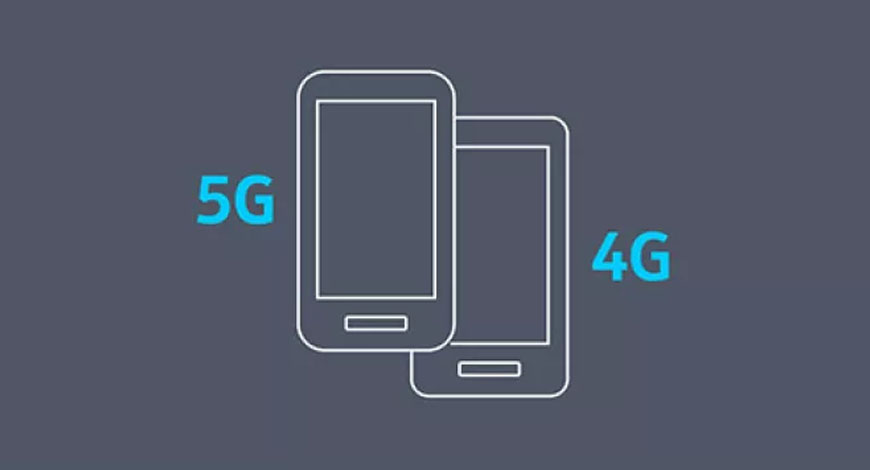5G
India eyeing indigenously-developed 4G, 5G stacks exports, received 24 inquiries

The Centre is eyeing the export of a full range of indigenously-designed 4G and 5G stacks in 2024 as part of its policy to attract investments and use the technological outreach as a key foreign policy bet. Several countries such as Kenya, Mauritius, Papua New Guinea, and Egypt, among others, have shown interest in the Indian telecom technology.
“India has received inquiries from at least 15 global telecom operators, as well as bilateral inquiries from 9 nations. All of these requests will be systematically met, and Indian telecom technology will make its way abroad in the second half of 2024,” a Department of Telecommunications (DoT) official told Business Standard.
Built by a consortium led by the Centre for Development of Telematics (C-DoT), under the DoT, the technology has already garnered global interest.
“We have already received several technical queries. We will pursue commercial deployment of the equipment once it is fully rolled out as part of the BSNL network here. The equipment meets global standards, and we are setting a timeline to export it,” a C-DoT official said.
Since 2022, the government has offered the entire range of equipment and associated technologies to other nations, and marketed the technology extensively during the G20 discussions on digital economy. In 2023, India also showcased the stacks during the visits of Prime Minister Narendra Modi to the United States and France.
New Delhi also wants to capitalise on the stacks to firmly place India in the global telecom arena, and attract higher investment as value chains move to India. Currently, only five countries – US, Sweden, Finland, South Korea and China – have similar end-to-end 4G-5G stacks. Companies from these countries also dictate the standards, prices and market conditions for 4G and 5G equipment. Swedish giant Ericsson is currently setting up 5G infrastructure for both Reliance Jio and Bharti Airtel.
Apart from being one of the next key foreign policy bets by India, this technological outreach is also expected to rake in financial benefits for Indian public sector companies such as C-DoT.
Full package
The first real-world deployment of the entire 4G stack took place in July, as part of the state-owned telecom operator BSNL’s plans to roll out 4G services.
While BSNL is launching 4G services years after three private telecom service providers —Reliance Jio, Bharti Airtel and Vodafone Idea — rolled it out, there exists major demand for 4G tech elsewhere. 4G penetration remains below 22 per cent in Sub-Saharan Africa, according to the GSM Association (GSMA), the global industry association representing over 750 mobile network operators. This is expected to more than double within the next 5 years.
“There has been significant interest from the region. Access to telecom technology was also flagged by many countries during the Voice of Global South Summits held by India,” another official said.
Meanwhile, GSMA had forecast that 30 new markets will launch 5G services in 2023. C-DoT already demonstrated its non-standalone (NSA) 5G core in October 2022. It is now racing to build the standalone (SA) 5G core, considered to be a technological improvement, by June. A 5G Core is the heart of a 5G mobile network, handling a wide variety of essential functions such as connectivity and mobility management, authentication and authorisation, subscriber data management and policy management, among others.
In the SA mode, the network is built only on 5G, while in the NSA mode, the 5G network is built as a top-up on an existing layer of the 4G and 3G radio networks. The SA core is necessary for achieving optimal capability for many of the classic high-tech applications of 5G, ranging from robotics, advanced manufacturing and remote surgery, to advanced retail and logistics operations, which require ultra-low latency.
Domestically-developed 5G antennas, radio and Radio Access Network (RAN) are also being offered by India. RAN allows the disaggregation of network equipment components, enabling a telecom company to source hardware and software from different vendors for network building. Business Standard















You must be logged in to post a comment Login